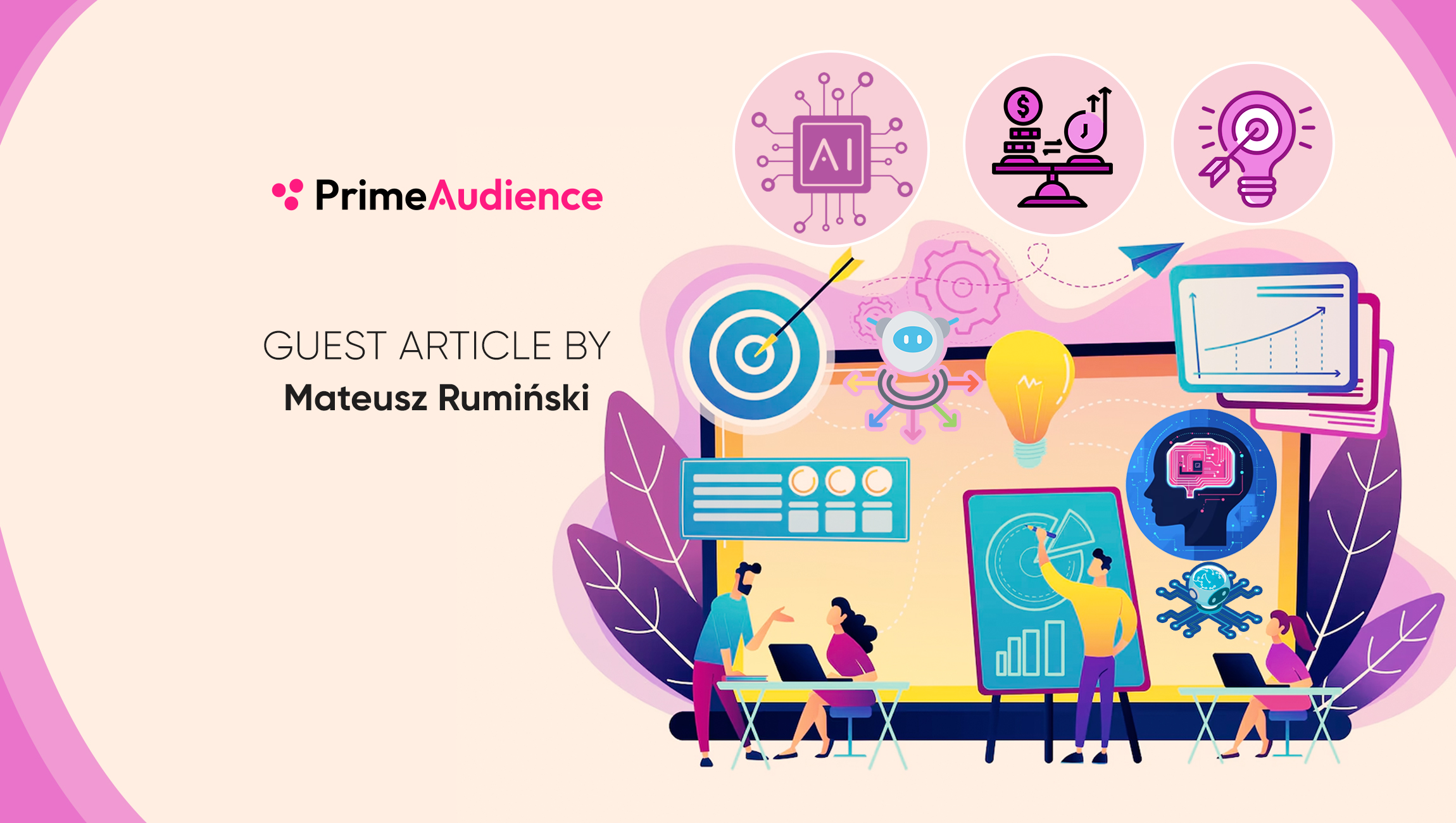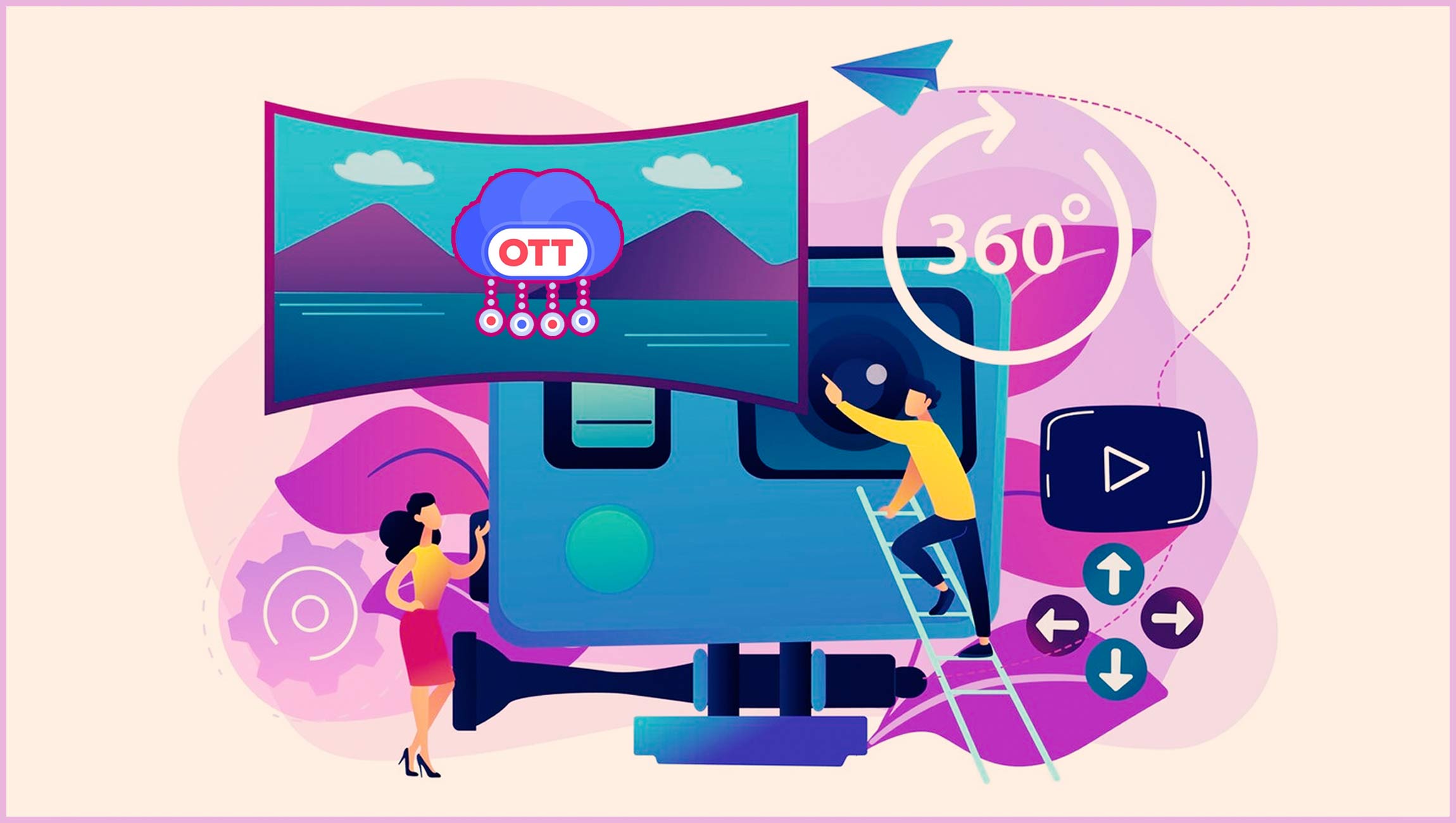In the summer of 2024, Google surprised the marketing world by halting its plans to entirely deprecate third-party cookies on Chrome. Marketers had spent years preparing for the change, only to find themselves at a crossroads. While Google’s decision prolonged the use of cookies, it didn’t halt the overarching trend: the decline in the availability of user signals. Against this backdrop, artificial intelligence (AI), particularly Generative AI (Gen AI), rose to the forefront of conversations about the future of digital marketing.
Gen AI, with its ability to create new content by leveraging vast datasets, is filling the void left by broader signal loss. By utilizing this technology, marketers can address challenges around audience targeting and personalization. Not only can it improve the accuracy of delivery, it also accelerates the process of serving relevant ads to the right consumers.
The emergence of a new generation
Research from PrimeAudience reveals the growing importance of GenAI in marketing. Following Google’s announcement, 59% of US marketers reported an increase in reliance on GenAI. Among those already leveraging the technology, 85% are already reaping the benefits in their marketing, with the top benefits including better data analysis, improved audience targeting, and more effective personalization capabilities for 50% of marketers.
This enthusiasm is reflected in budget allocations, with 90% of marketers planning to increase their spend on GenAI by at least 5% – and over half of them by 16% – in 2025.
This has only been made possible by the birth, and rise of, generative pre-trained transformers (GPTs). First introduced by OpenAI in 2018, GPT-1 demonstrated the ability to capture complex linguistic patterns. Since then, the technology has evolved to be capable of deeper contextual understanding; producing outputs across a diverse range of applications, including tasks it wasn’t specifically trained for; processing images and text together; and creating highly personalized content across industries.
The enhanced capabilities offered by GPT-4 create a goldmine of opportunities for marketers to adapt to the constantly evolving marketing landscape. They can better target audiences by harnessing the contextual understanding of the technology and ensure that the creative served is deeply relevant to the consumer. Importantly, this can be just as effective in environments where the AI isn’t also being fed privacy-sensitive user signals.
Marketing Technology News: MarTech Interview with Andrew Pascoe, Vice President Of Data Science Engineering @ NextRoll
The GenAI revolution
GenAI is only going to continue to evolve and enhance what marketers are able to produce with their ad campaigns. The next wave of innovation will bring about further revolutionary changes, transforming the way marketing teams work.
Multimodality will go beyond just processing images and together – the technology will begin to incorporate video, audio, and even sensory data, such as touch or smell. This will open the door for fully interactive, AI-driven campaigns, delivering seamless and immersive experiences across various formats.
Rather than replacing human roles, Gen AI tools are increasingly designed to collaborate with humans. The AI-assisted tools help to streamline and automate tasks, empowering marketers to brainstorm ideas and co-create campaigns. By integrating human creativity with AI efficiency, marketers can elevate their output instead of the AI taking charge of the whole process.
As the technology matures, GenAI will become more accessible to businesses of all sizes. Larger models with enhanced capabilities will cater to diverse needs, while smaller, specialized models will provide cost-effective solutions tailored to specific tasks. These smaller models will be more cost-effective and accessible because they’re focused on providing high performance for specific tasks, and using far less computational power in the process.
Generating a better future
These wider GenAI developments, as well as the birth of GPT-5, will completely transform the way that digital marketing is produced in 2025 and beyond. Marketers must explore GenAI within their marketing strategies or risk being quickly left behind in today’s fast-moving, competitive landscape.
The earlier marketers adopt the technology, the better they will position themselves to remain ahead of industry shifts and changes in consumer behaviors. GenAI has quickly evolved from being a “nice-to-have” to a “must-have” for marketers. With all the innovations set to come, the possibilities for marketers embracing the technology will be endless.
Marketing Technology News: Bridging the Gap: How CMOs and CIOs Can Align to Drive Organizational Growth











